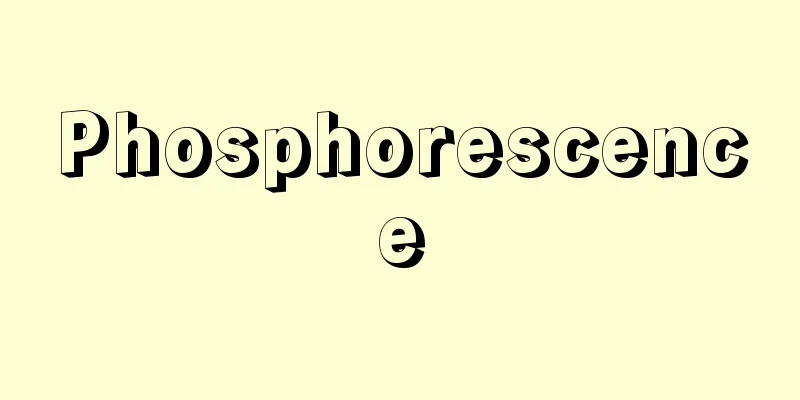Phosphorescence

|
P. An element with atomic number 15. It is in group 15 of the periodic table with the electron configuration [Ne] 3s23p3 . Atomic weight 30.973762(2). It is one of the mononuclear elements that exists in nature, with only one nuclide with mass number 31. Radioactive nuclides with mass numbers between 24 and 46 are known. 32P has a half-life of 14.3 d and is widely used as a tracer. Yellow phosphorus was discovered in urine by H. Brand in the alchemical era (1669), and was named after the Greek word ωσορο (fosforos), which means "light-carrying", because it emits phosphorescence. Udagawa Yoan wrote it as phosphorus phosphorus in his book "Semitsu Kaisou" published in 1837. Source: Morikita Publishing "Chemical Dictionary (2nd Edition)" Information about the Chemical Dictionary 2nd Edition |
|
P.原子番号15の元素.電子配置[Ne]3s23p3の周期表15族元素.原子量30.973762(2).天然には質量数31の核種のみ存在する単核種元素の一つ.質量数24~46の放射性核種が知られる.32Pは半減期14.3 d でトレーサーとして多用される.錬金術時代(1669年)にH.Brandにより尿中に黄リンが発見され,りん光を発することから“光を運ぶ”という意味のギリシア語ωσορο(fosforos)から命名された.宇田川榕菴は天保8年(1837年)出版の「舎密開宗」で,波斯波律斯(ホスホーリュス)燐と記載している. 出典 森北出版「化学辞典(第2版)」化学辞典 第2版について 情報 |
>>: Leeward [Islands] - Leeward
Recommend
Honjo [village] - Honjo
A village in Minamiamabe County, southeastern Oita...
The hand of the Koto with a change of hands - Kaeteshikino Koto no Te
...In jiuta, when several different tetsuki (comp...
Hipparion (English spelling)
A small horse that lived in the Pliocene period of...
Analytical psychology
A general term for the theory and practice of psyc...
Saharian art (English spelling)
...The Sahara Desert also played a major role in ...
Acid and base - sanenki (English spelling)
The concepts of acids and bases have undergone man...
Branch tone - Edajoushi
A term used in gagaku scale theory. In Tang Dynast...
Populares (English spelling)
A political party in the final days of the Roman R...
Hime Kaido - Hime Kaido
(Named after the particularly frequent travel of w...
Hakubi Line - Hakubisen
The name of the track of West Japan Railway Compa...
Assemblage Music
…Stockhausen's tape music Hymnen (1967) is a ...
Red peeling - Akamuki
…These knots are then shaved with a knife to give...
Neptis pryeri (English spelling)
…[Takakura Tadahiro]. … *Some of the terminology ...
Full-time farmers and part-time farmers - Full-time farmers and part-time farmers
A farming household with no part-time workers amon...
X-ray scattering
...When an X-ray hits a free electron and is defl...









